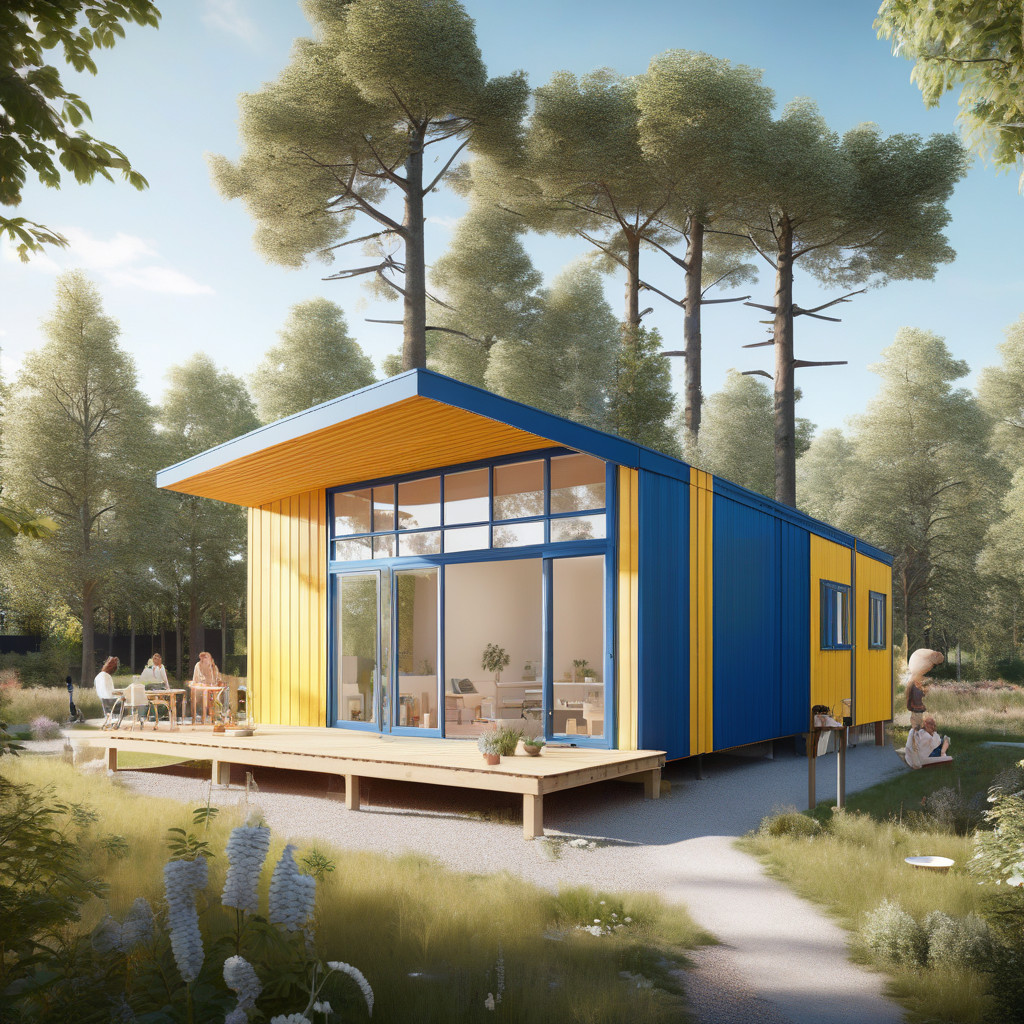How Ikea Incorporated Trauma-Informed Design to Create Homes for the Homeless
In a world where the issue of homelessness continues to persist, the importance of providing dignified and practical housing solutions cannot be overstated. While many organizations and individuals have sought to address this challenge, Ikea, the Swedish furniture giant known for its ready-to-assemble furniture and home accessories, has taken a unique approach by integrating trauma-informed design principles into crafting housing for the homeless.
Trauma-informed design is an approach that recognizes the widespread impact of trauma and seeks to create spaces that are sensitive to the needs of individuals who have experienced trauma. This design philosophy acknowledges that the built environment can either contribute to or help alleviate the effects of trauma, especially for vulnerable populations such as the homeless.
Ikea’s foray into trauma-informed design for housing solutions can be seen in its collaboration with organizations like the nonprofit organization, Community Solutions. Together, they worked on the construction of a Small Home in San Antonio’s Towne Twin Village, a project aimed at providing stable and supportive housing for individuals experiencing homelessness.
One of the key aspects of Ikea’s trauma-informed design approach is the emphasis on creating spaces that promote a sense of safety, security, and empowerment. This includes thoughtful considerations such as the layout of the space, the choice of materials, and the overall aesthetic that can have a significant impact on the well-being of the residents.
For example, in the Small Home project, Ikea focused on designing a space that maximizes natural light, incorporates calming colors, and utilizes durable and easy-to-clean materials. These design choices not only create a more welcoming environment but also address practical concerns such as maintenance and durability, which are essential for long-term housing solutions.
Moreover, Ikea’s commitment to sustainability and affordability is also reflected in its approach to trauma-informed design for housing. By leveraging its expertise in flat-pack furniture and efficient manufacturing processes, Ikea is able to create cost-effective and scalable housing solutions that can be easily replicated in different contexts.
Beyond the physical aspects of design, Ikea also recognizes the importance of community engagement and collaboration in addressing homelessness. By involving local stakeholders, residents, and organizations in the design and construction process, Ikea ensures that the housing solutions meet the specific needs of the community and foster a sense of ownership and belonging among the residents.
In conclusion, Ikea’s embrace of trauma-informed design in crafting housing for the homeless not only demonstrates its commitment to social responsibility but also highlights the potential for design to make a meaningful difference in the lives of vulnerable populations. By prioritizing safety, empowerment, and community collaboration, Ikea sets a compelling example for how businesses can leverage their expertise to create positive social impact.
#Ikea #TraumaInformedDesign #Homelessness #HousingSolutions #CommunityEngagement
